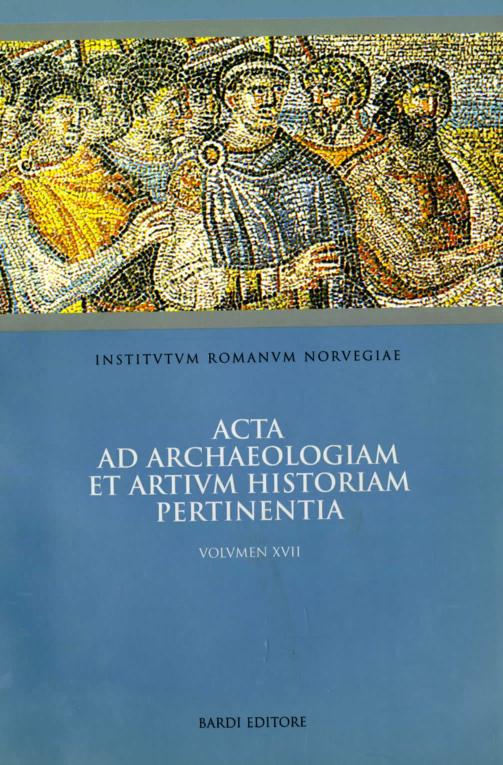The Cult of the Dead in Late Antiquity: Towards a New Definition of the Relation between the Living and the Dead
DOI:
https://doi.org/10.5617/acta.5689Abstract
Meals for the commemoration of the dead are envisioned here neither as a pagan persistence nor as an assimilation by Christianity of pagan’s practices. It is argued that the Church did not try either to forbid these meals, as long as they were not offered for the martyrs or to interfere in a sphere, the care of the dead, which was not relevant to its authority. It is suggested that the reason why the Church did not take care of the memory of the dead is that it did not offer any aid for the salvation of the dead who were not baptized nor to those who did not merit this aid during their life. It is thus a very long process, and not a continuous one, which sees the Church caring for the memory of the dead and becoming part of the relation between the living and the dead.
How to Cite
Issue
Section
License

This work is licensed under a Creative Commons Attribution-NonCommercial 4.0 International License.
Authors who publish with this journal agree to the following terms:
- Authors retain copyright and grant the journal right of first publication with the work simultaneously licensed under a Creative Commons Attribution License that allows others to share the work with an acknowledgment of the work's authorship and initial publication in this journal.
- Authors are able to enter into separate, additional contractual arrangements for the non-exclusive distribution of the journal's published version of the work (e.g., post it to an institutional repository or publish it in a book), with an acknowledgement of its initial publication in this journal.
- Authors are permitted and encouraged to post their work online (e.g., in institutional repositories or on their website) prior to and during the submission process, as it can lead to productive exchanges, as well as earlier and greater citation of published work (See The Effect of Open Access).





